How BLD Helps
Replacing PD-1? A Landmark Breakthrough Featured in "Nature"
26 October 2023
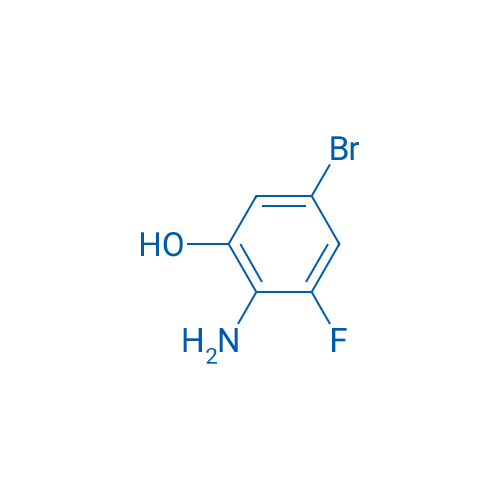
2-Amino-5-bromo-3-fluorophenol
Some claim that the current era of cancer treatment revolves around PD-1. Despite its fame, many cancer patients either do not respond to the treatment or easily develop drug resistance, highlighting the need for breakthroughs beyond the limitations of PD-1 in drug development.
Recently, scientists from AbbVie, Calico Life Sciences, and the Broad Institute have developed a potential "first-in-class" oral PTPN2/PTPN1 inhibitor called ABBV-CLS-484 (AC484). It has induced a potent anti-tumor immune response in a PD-1-resistant mouse model, and the related experimental results were published in "Nature". This paves the way for a breakthrough in tumor immunotherapy.
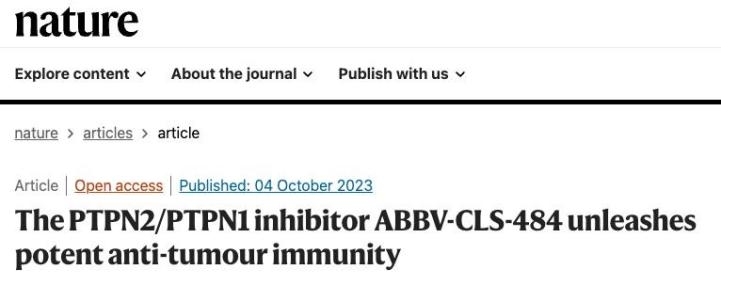
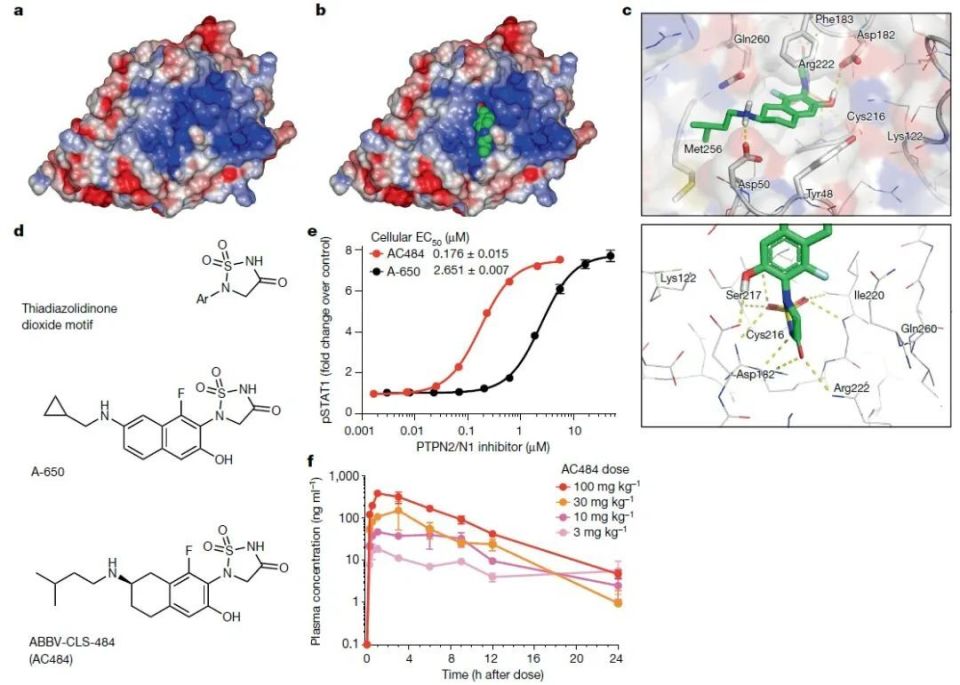
PTPN2 (also known as PTP1B, Protein Tyrosine Phosphatase 1B) is expressed in various tissues in the human body. It works in conjunction with Protein Tyrosine Kinases (PTK) to maintain the balance of tyrosine protein phosphorylation, participating in cell signaling, regulating cell growth, differentiation, metabolism, gene transcription, and immune responses, among other functions.
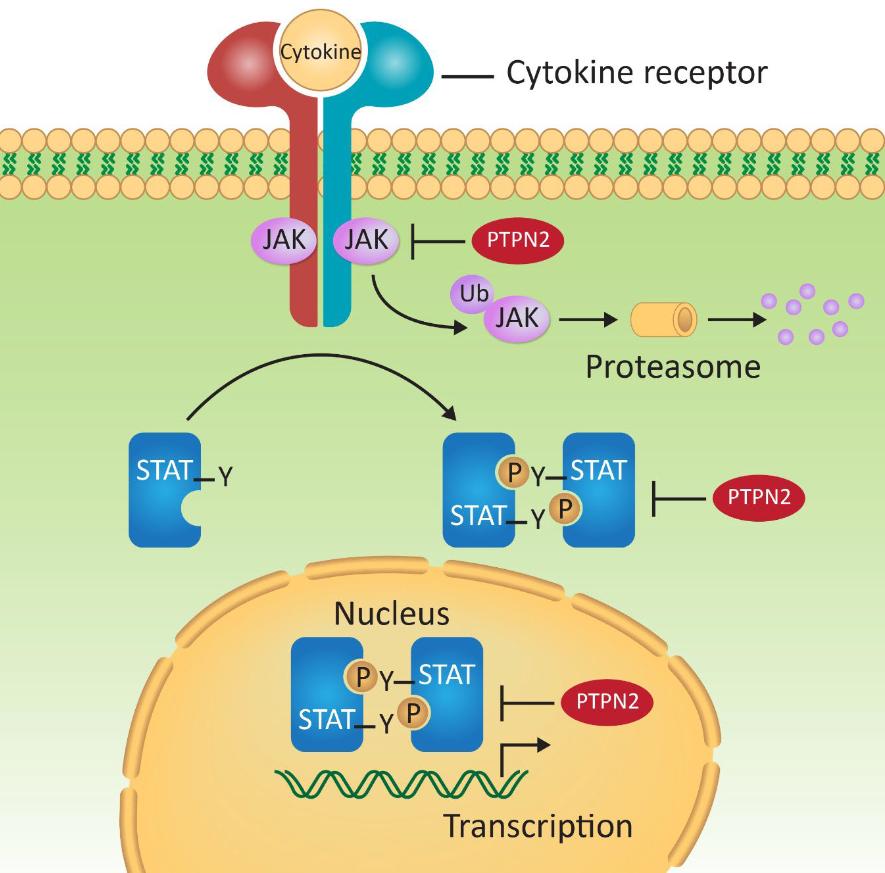
The loss of PTPN2 in tumor cells makes the tumors more sensitive to IFNγ3, enhancing the response to immunotherapy. Additionally, the loss of PTPN1/2 enhances T-cell expansion, IL-2 responsiveness, and the ability to control tumors. Therefore, PTPN1/2-targeted therapy, unlike current treatment methods, can achieve a dual anti-cancer mechanism by directly acting on tumor cells and increasing the anti-tumor activity of immune cells.
In the past, drugs targeting PTPN2 faced challenges due to the positively charged active site pocket of PTPN2, which required negatively charged or highly polar drugs to be effective. This hindered their ability to cross cell membranes and resulted in low oral bioavailability. Furthermore, the high homology of the catalytic regions of PTPN2 family proteins made it challenging to identify a drug with good selectivity and specificity.
Through a process of drug design and optimization based on protein structures, researchers have discovered that the orally bioavailable small molecule AC484 can bind to the active sites of PTPN2 (IC50 of 1.8 nM) and PTPN1 (IC50 of 2.5 nM) with high affinity. This inhibition of PTPN1/2 enhances the JAK-STAT signaling pathway, reduces T-cell dysfunction, and promotes the function of natural killer cells and CD8+ T cells.
This newly discovered dual-action mechanism effectively slows tumor growth and enhances individual survival rates in mouse experiments. Currently, a phase 1 clinical trial targeting this molecule is underway. Several patents for PTPN1/2inhibitors have already been disclosed, with most of them sharing a common core structure, as shown in the following figure.
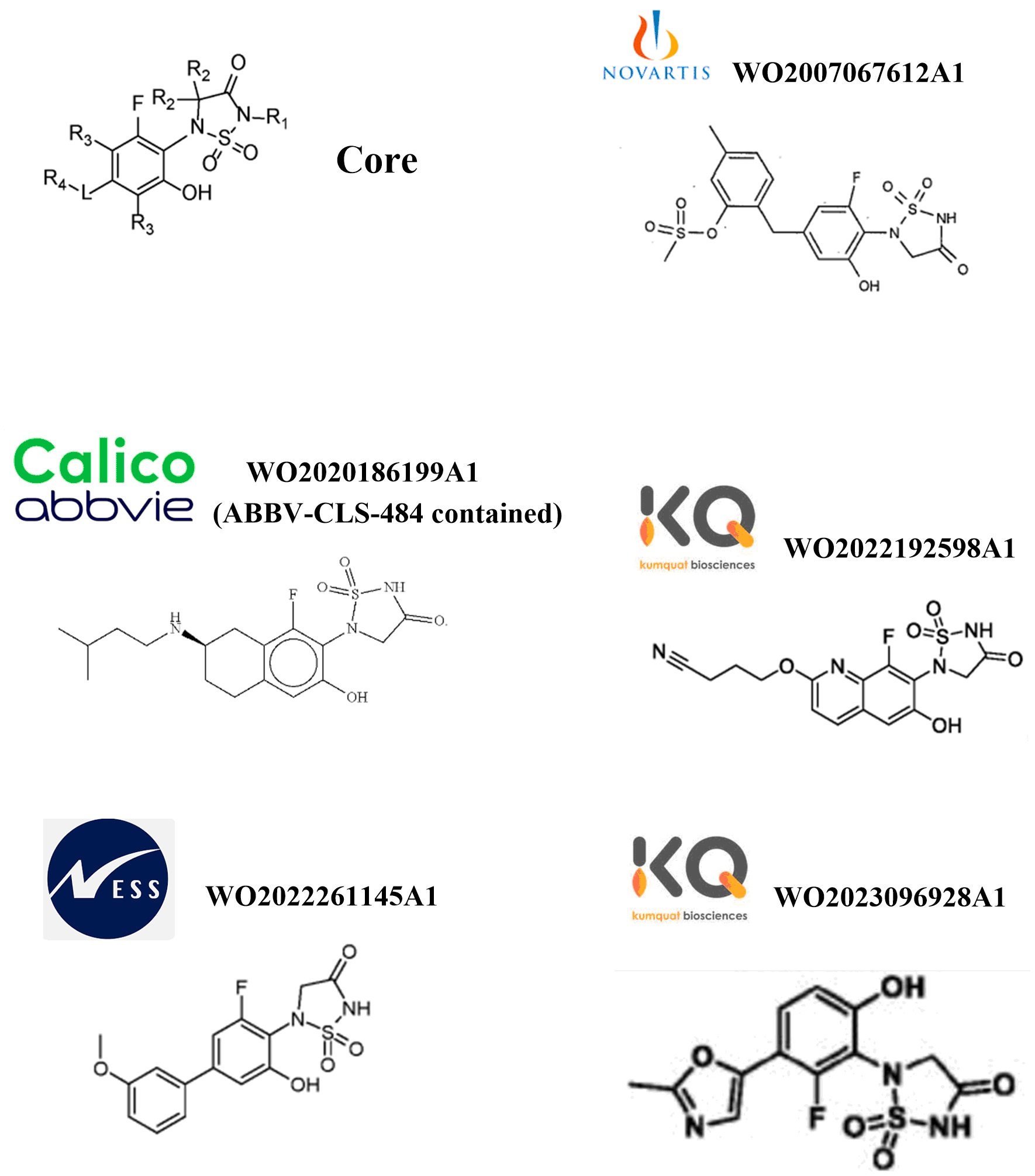
Here comes the building block from BLDpharm.
References
[1]https://www.nature.com/articles/s41586-023-06575-7
[2]https://www.abbviescience.com/biomarker-pathways/ptpn2-1.html
[3]https://twitter.com/Lench1999/status/1698357370748015027?s=20